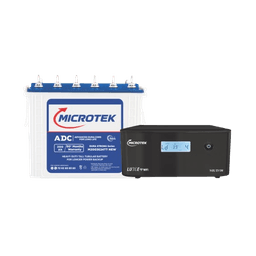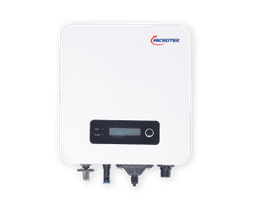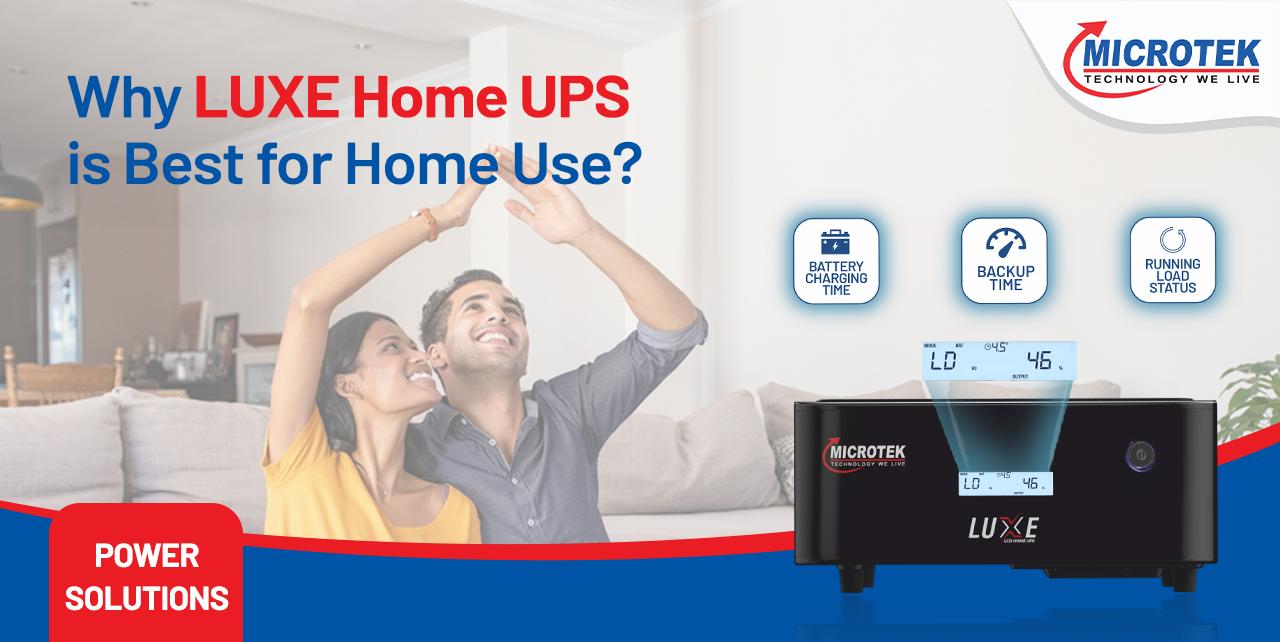
Deciphering Commercial Solar Panels: An In-Depth Guide
As businesses increasingly pivot towards sustainable practices, commercial solar panels emerge as a prominent choice for renewable energy adoption. This comprehensive guide demystifies the intricacies of commercial solar panels, elucidating their technology, benefits, installation protocols, and more. Whether you’re contemplating a solar transition for your business or seeking to enrich your knowledge on renewable energy, this guide provides invaluable insights.
Mechanics of Commercial Solar Panels
At the heart of solar panels lies the photovoltaic (PV) effect, wherein sunlight transforms into electricity. This process mandates the interaction of certain semiconductors with light to induce an electric current. To grasp the functionality of solar panels holistically, acquainting oneself with their core components is imperative:
- Solar Cells: Serving as the foundational units, solar cells facilitate the conversion of sunlight into direct current (DC) electricity via the PV effect.
- Solar Modules (Panels): These comprise interconnected solar cells, meticulously designed to efficiently harness solar energy and transmute it into electrical power.
- Inverters: Integral to the system, inverters are pivotal in converting the DC electricity generated by solar panels into alternating current (AC), aligning it with the predominant electrical grid standards.
- Monitoring Systems: Optional yet beneficial, these systems furnish real-time insights into the solar panel system’s efficacy, encompassing parameters like environmental impact, performance metrics, and energy generation data.
Navigating Grid Dynamics: Grid-tied vs. Off-grid Systems
For commercial ventures, grid-tied solar panel systems predominantly hold sway, seamlessly integrating with the existing utility infrastructure. This symbiotic relationship between solar panels and the grid manifests through:
- Power Dynamics: Solar panels channel sunlight into electricity, energizing the building’s electrical systems. Surplus energy, if any, is channeled back into the grid, often entailing financial incentives via net metering agreements.
- Grid Autonomy: Off-grid systems, in contrast, operate independently of the grid, leveraging solar-generated power stored in batteries to satisfy internal electricity demands.
Benefits Galore: Why Opt for Commercial Solar Panels?
For commercial ventures, grid-tied solar panel systems predominantly hold sway, seamlessly integrating with the existing utility infrastructure. This symbiotic relationship between solar panels and the grid manifests through:
- Financial Advantages: Facilitate tangible cost savings, promising returns on investment, and favorable payback periods.
- Environmental Stewardship: Championing sustainability by curtailing carbon emissions and fostering eco-friendly practices.
- Energy Resilience: Mitigating vulnerabilities associated with energy costs and potential grid outages.
- Corporate Social Responsibility: Elevating brand equity by resonating with environmentally-conscious consumers.
Decoding Feasibility: Key Considerations
- Energy Audit: Thorough evaluation of business energy requirements and consumption patterns.
- Site Assessment: Scrutinizing solar potential, mitigating shading issues, and optimizing available space.
- Financial Analysis: Gauging cost-effectiveness, projected returns, and regulatory incentives.
Navigating Choices: Selecting the Ideal Solar Panel System
- Panel Variants: Evaluating options like Monocrystalline, Polycrystalline, Thin-film, and Bifacial panels.
- System Sizing: Tailoring capacity in alignment with energy needs and spatial constraints.
- Inverter Selection: Weighing options between String inverters, Microinverters, and Power Optimizers.
- Maintenance & Monitoring: Strategizing for remote monitoring, periodic maintenance, and potential system expansions.
In essence, commercial solar panels proffer a myriad of benefits spanning financial, environmental, and operational realms. By fostering a nuanced understanding of their technology, installation nuances, and strategic considerations, businesses can adeptly navigate the solar landscape, optimizing both sustainability and profitability.
- Copy :

























